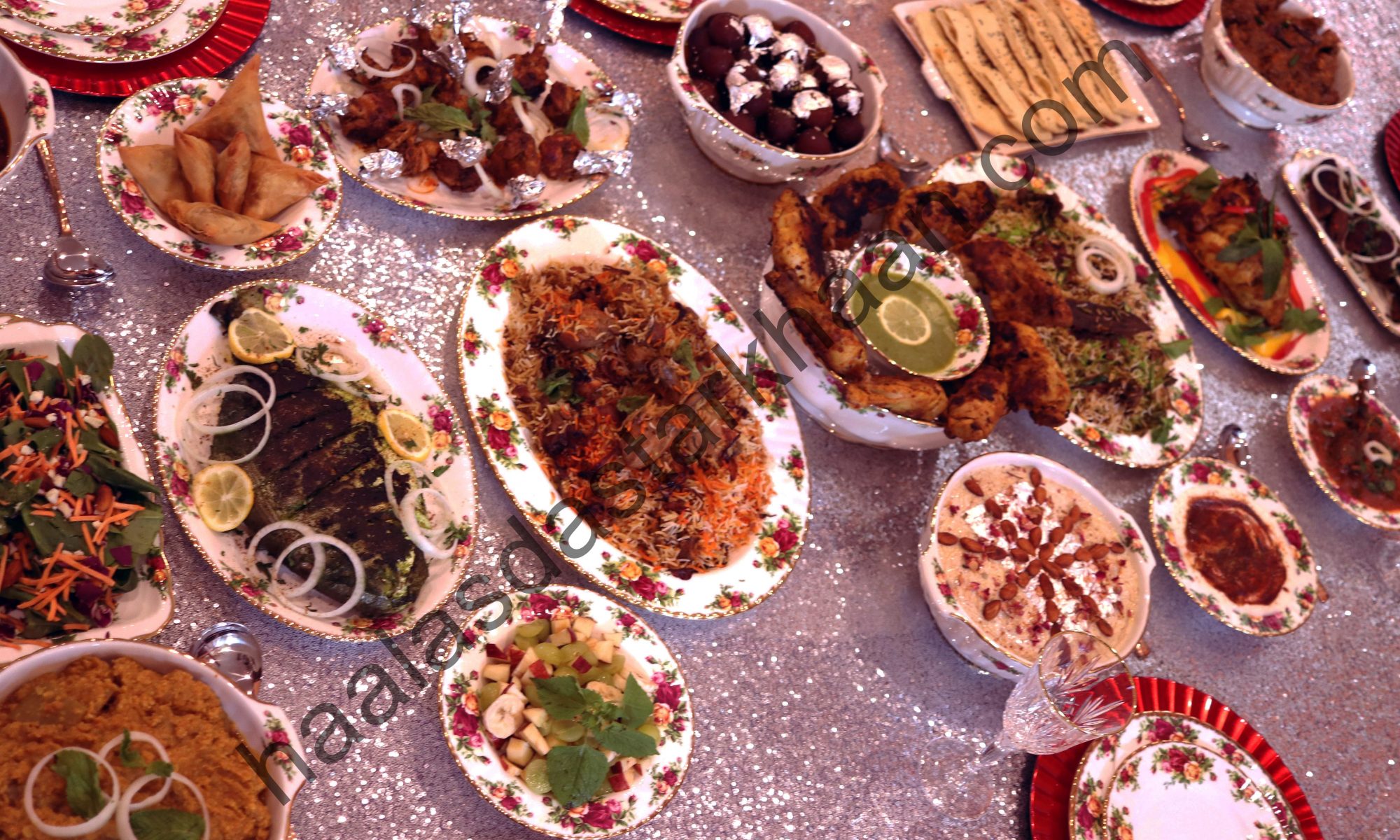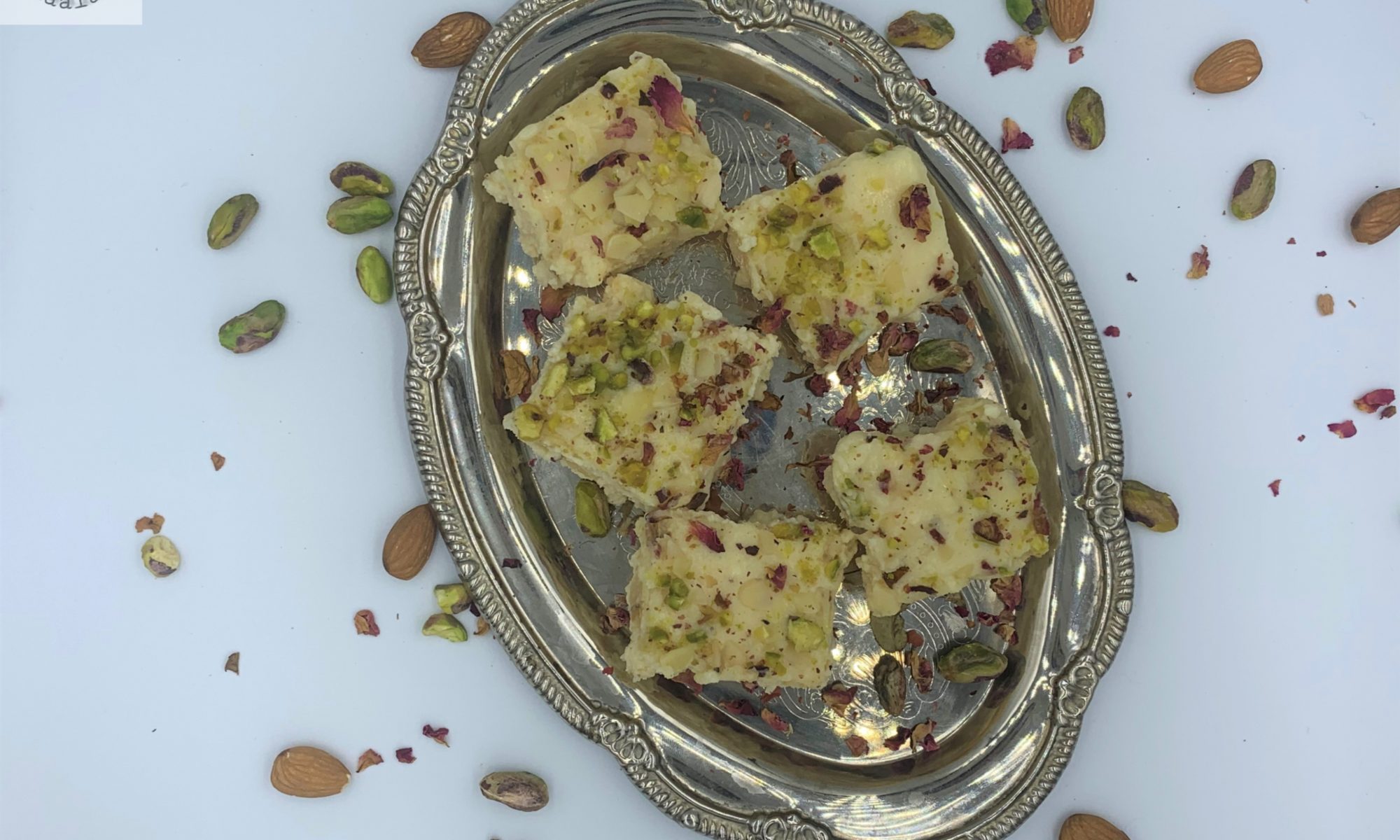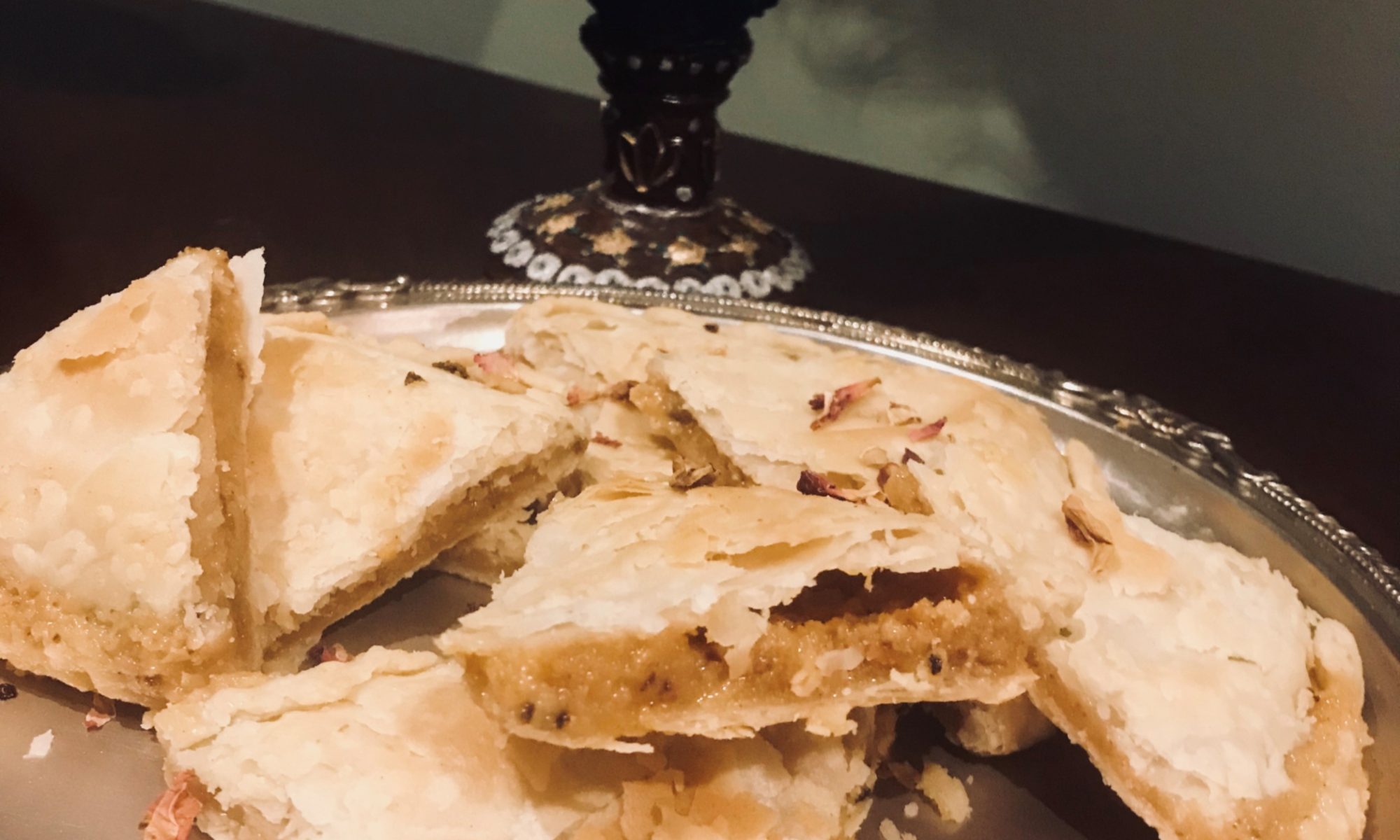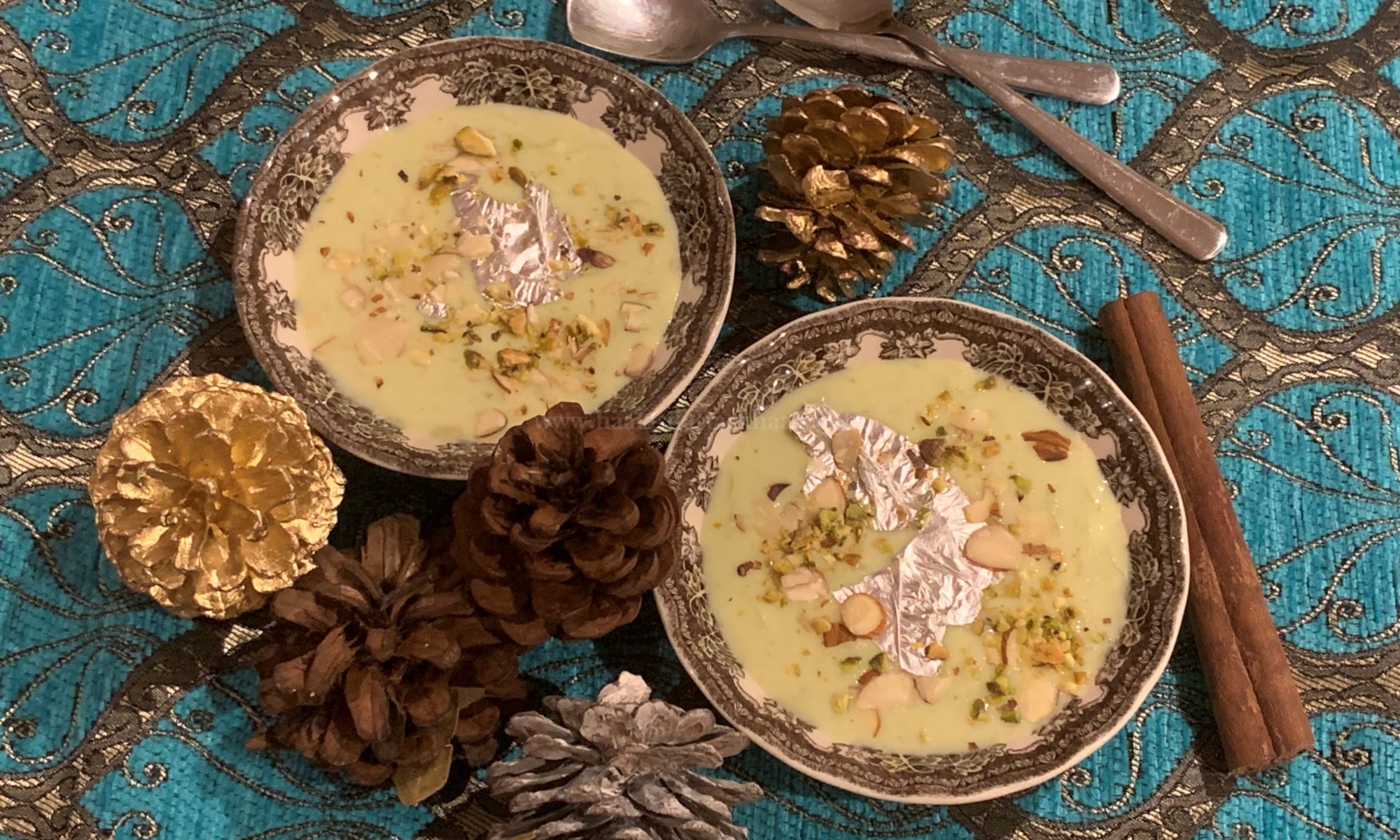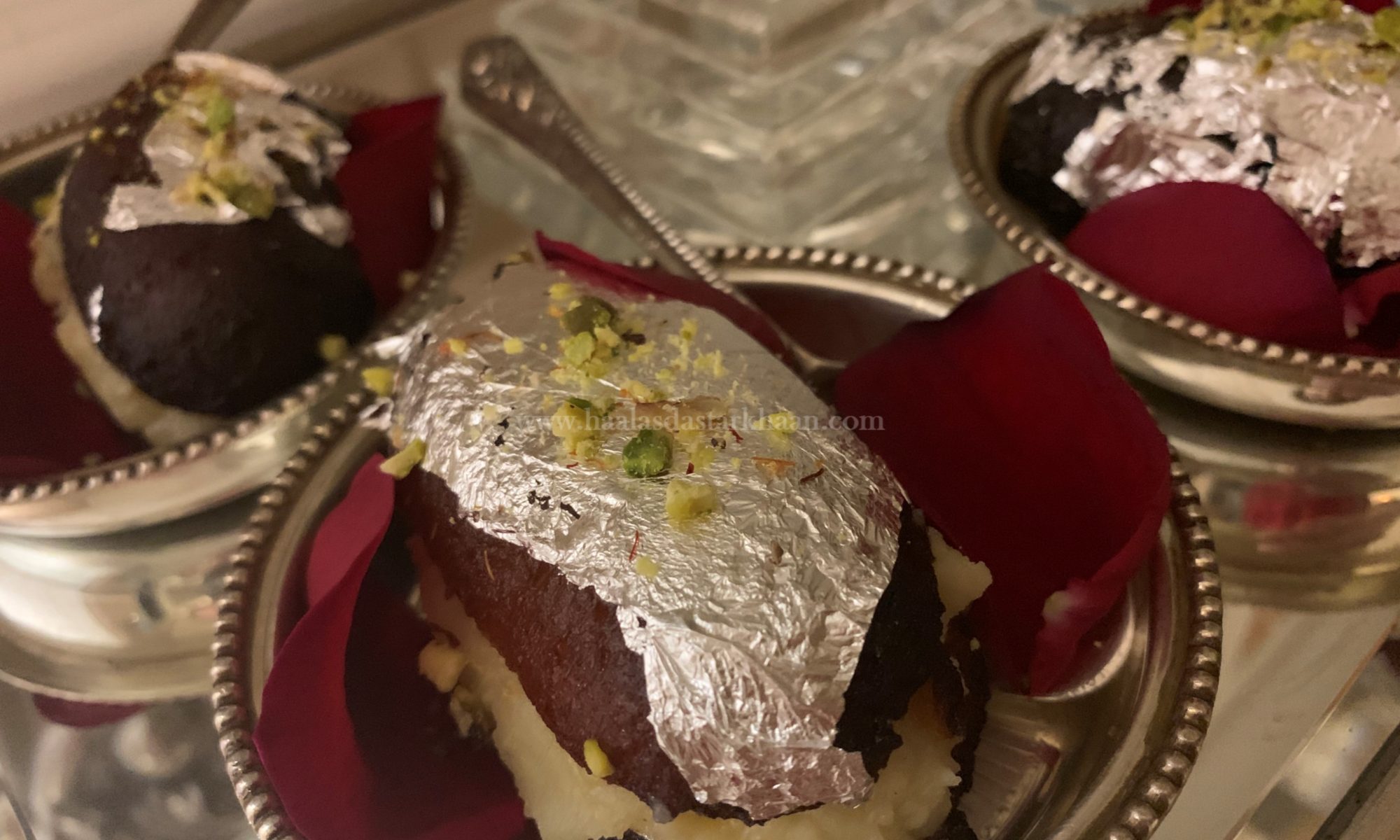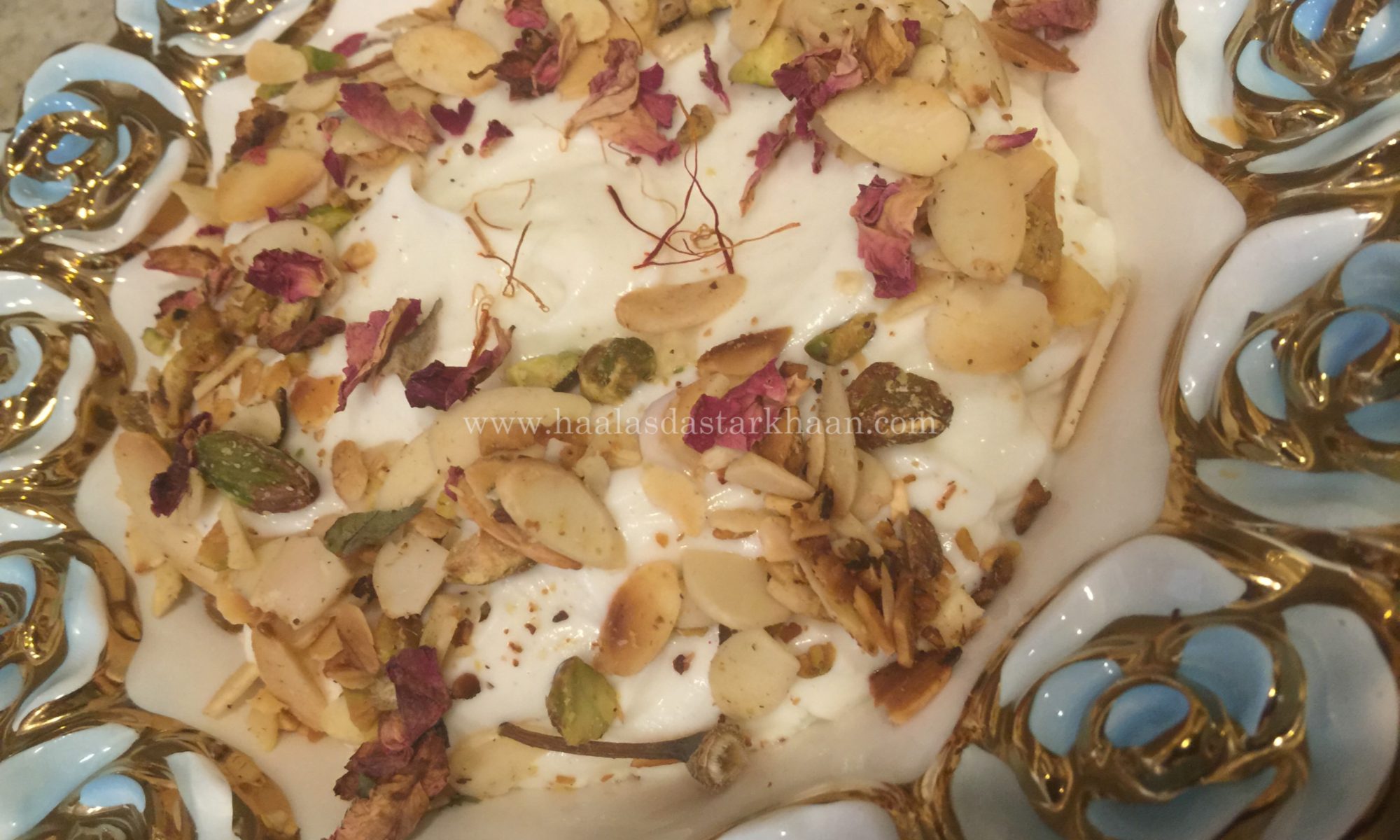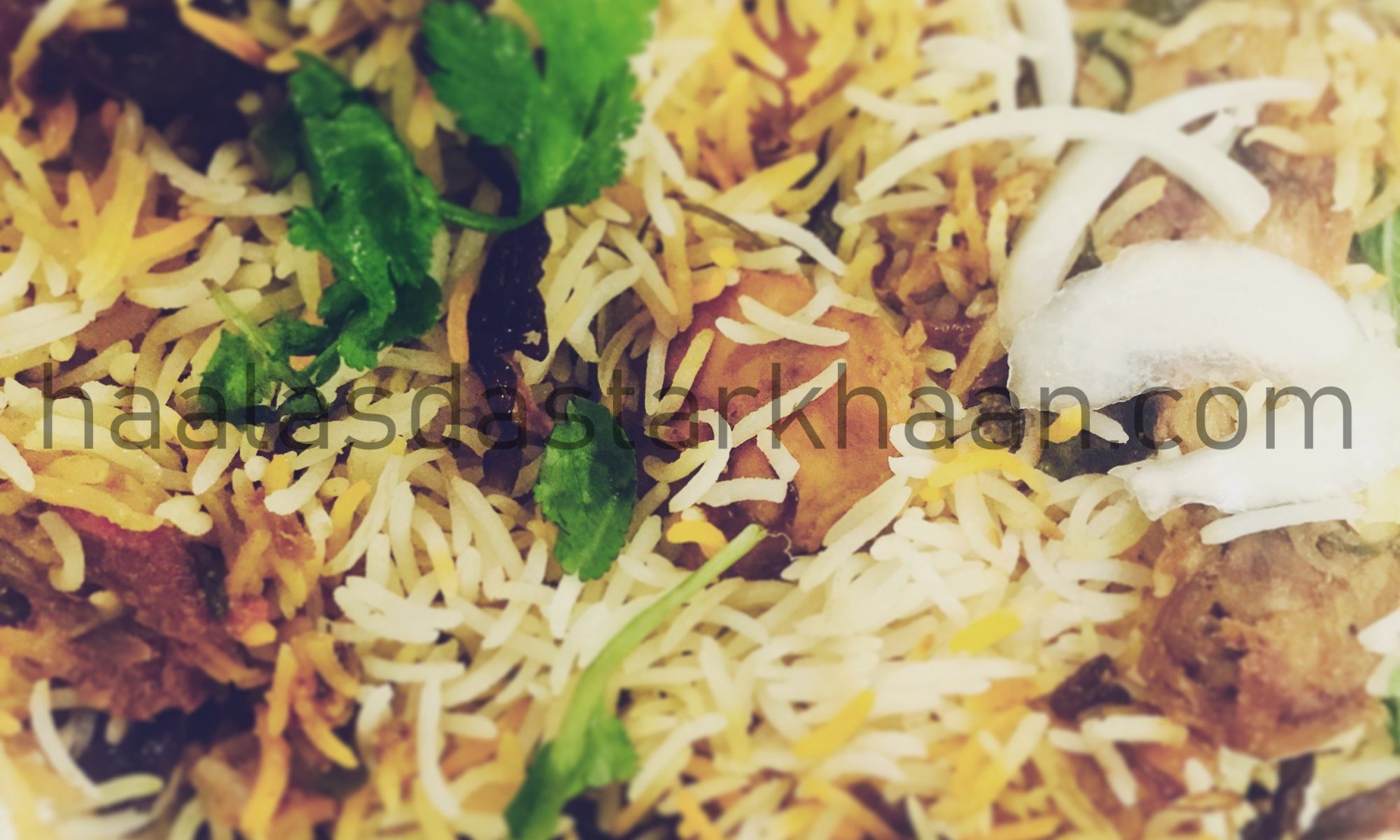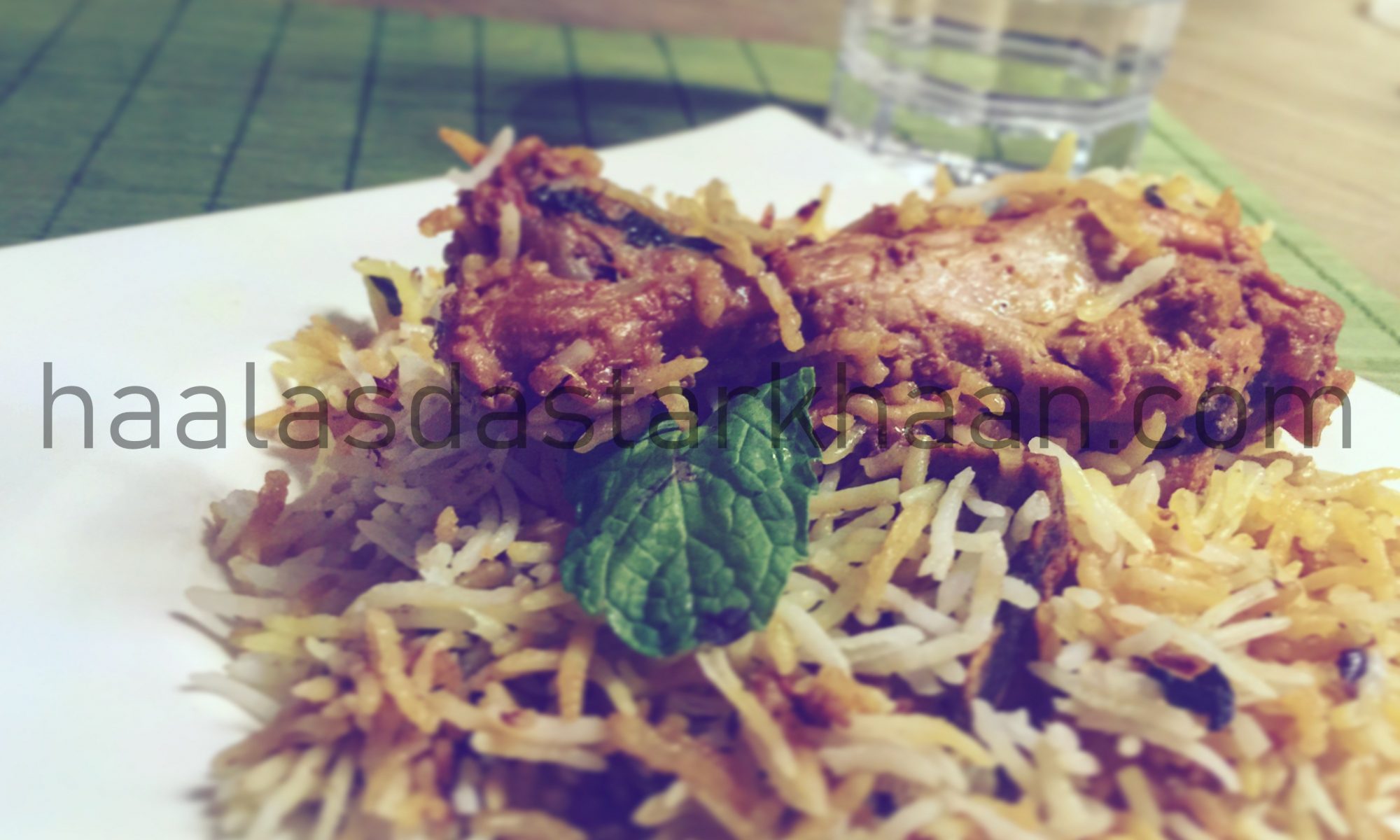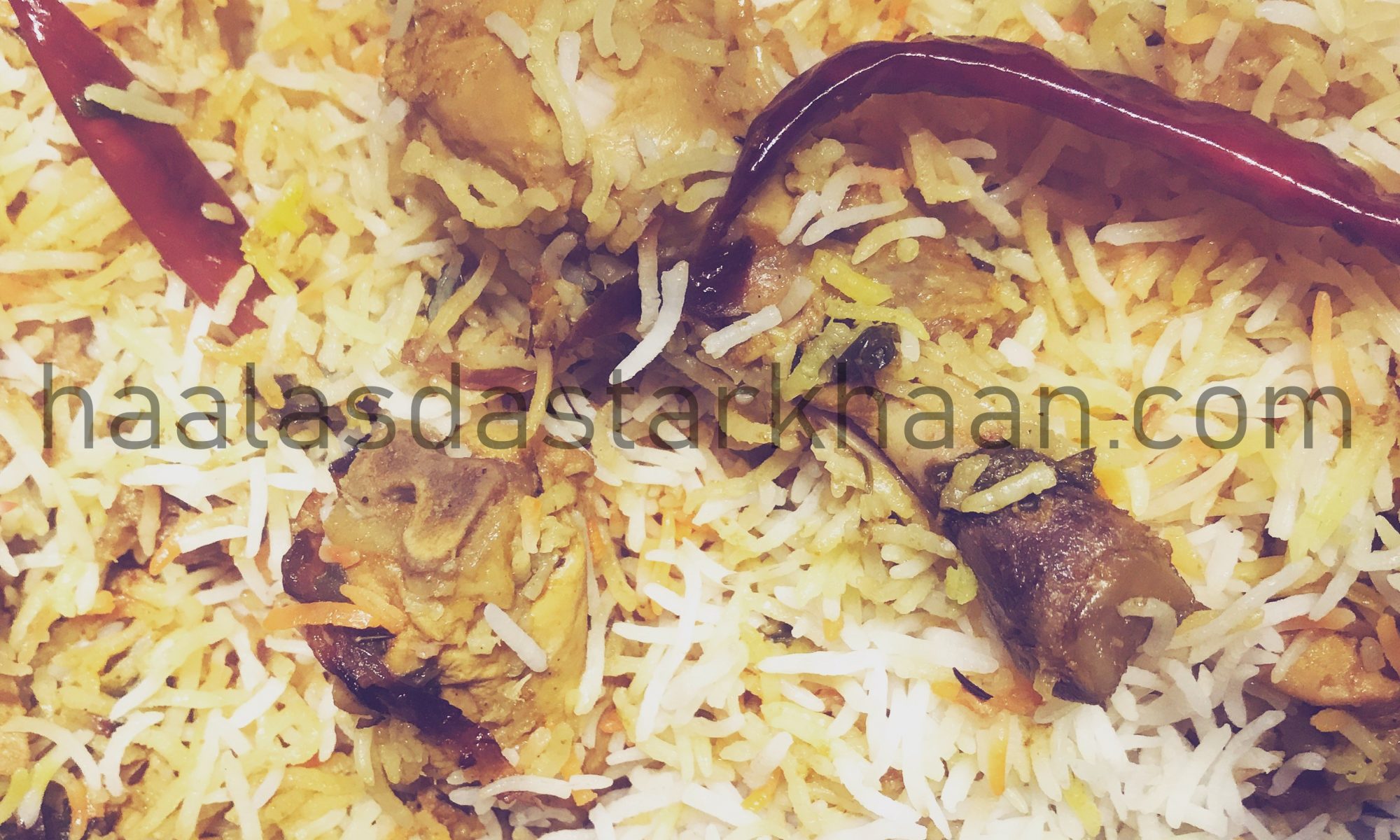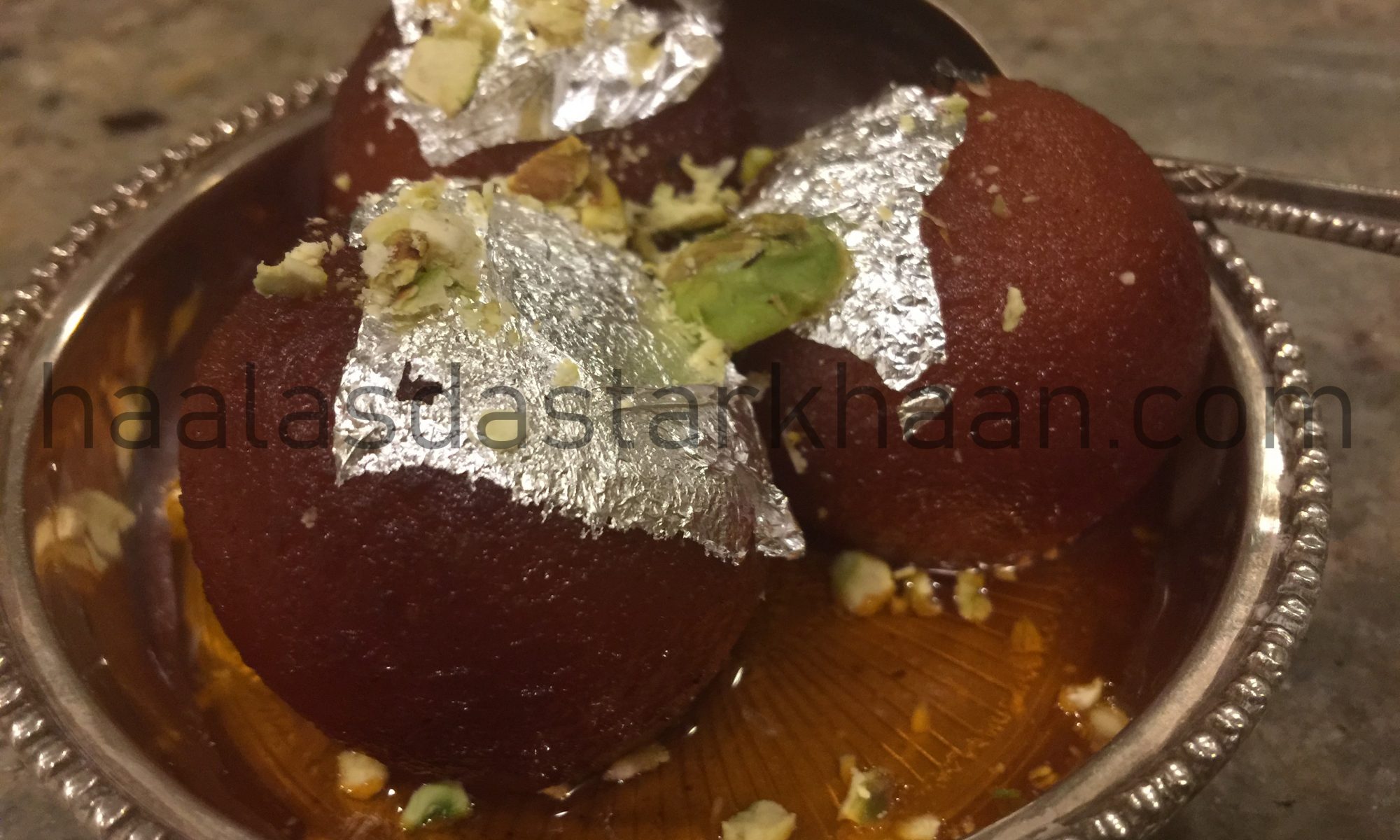Kalakand is a popular and delicious Indian sweet. Its made by mixing Paneer with sugar and further mixing them with Reduced milk. Its a pretty dense milk fudge. It’s soft, grainy and delicious. It has a light flavor of Cardamom and saffron.
It has a subtle flavoring of cardamom and fragrance of Saffron. The top is decorated with Almonds and pistachios. You can also add some Rose petals. This recipe helps you make Kalakand at home with ease. The fact is when you are in a country far from home and you don’t get your favorite sweets where you live, then you have to make them at home. This recipe has all the details that will make the perfect Kalakand, the exact flavor from our home country.
Not that this recipe will be easy, but for sure the steps from this recipe are simple to understand and if you follow them properly, your Kalakand will be as amazing as it should be. The recipe is made from scratch and you can do it pretty easily, no fancy gadgets or ingredients needed either. It requires basic skills to stir well and stay focused for an hour and trust me, the result won’t just amaze you but it will be worth every second you spend. My hometown Jodhpur has some wonderful stores that specialize in making Kalakand and every time my family wanted kalakand, we would always get it from that particular sweet shop. When I tried making it at home, my mother definitely thought that I have gone completely nuts, but I didn’t have another option. Another problem with sweet stores in USA is that they do not make sweets other than those which are popular like Bengali sweets, one or 2 kinds of laddus, jalebi to name a few. They do sell Burfi but if you ever feel that you will find a wide variety like India then you will be highly disappointed and that’s when people like me come in and teach you easy ways of making your own.
Kalakand recipe is made using a handful of very basic ingredients like Homemade Cottage cheese/Paneer, Milk, cardamom crushed / cardamom powder, saffron, sugar and almonds+pistachios to garnish. As fancy as it looks, there is actually nothing too hard about this scrumptious sweet dish. Kalakand is best served cold, so make sure you keep it refrigerated.
Just make sure you keep a few things in mind when you decide on making Kalakand. Its always advisable to use freshly homemade Paneer. Fresh Paneer is soft in texture and blends well when we cook it with milk, giving that perfect grainy texture to the Kalakand, which is what you really want. A store bought Paneer is usually not too fresh and becomes firm. A firm and old Paneer or a frozen Paneer will never give you the same results. Almonds, Pistachios are rose petals look on Kalakand. To make it look more expensively rich, adding a few saffron strands would be great too. Enjoy!!!
